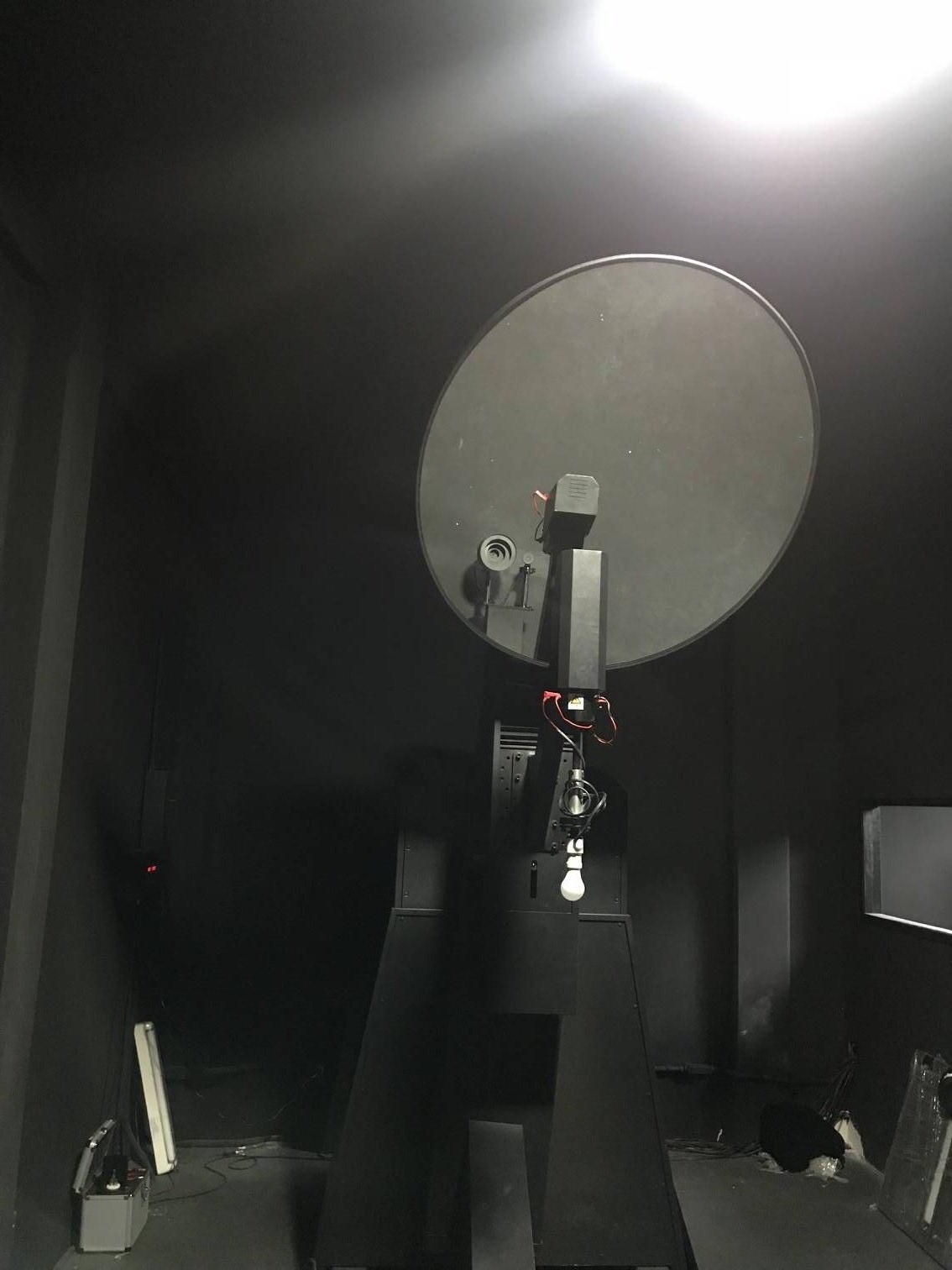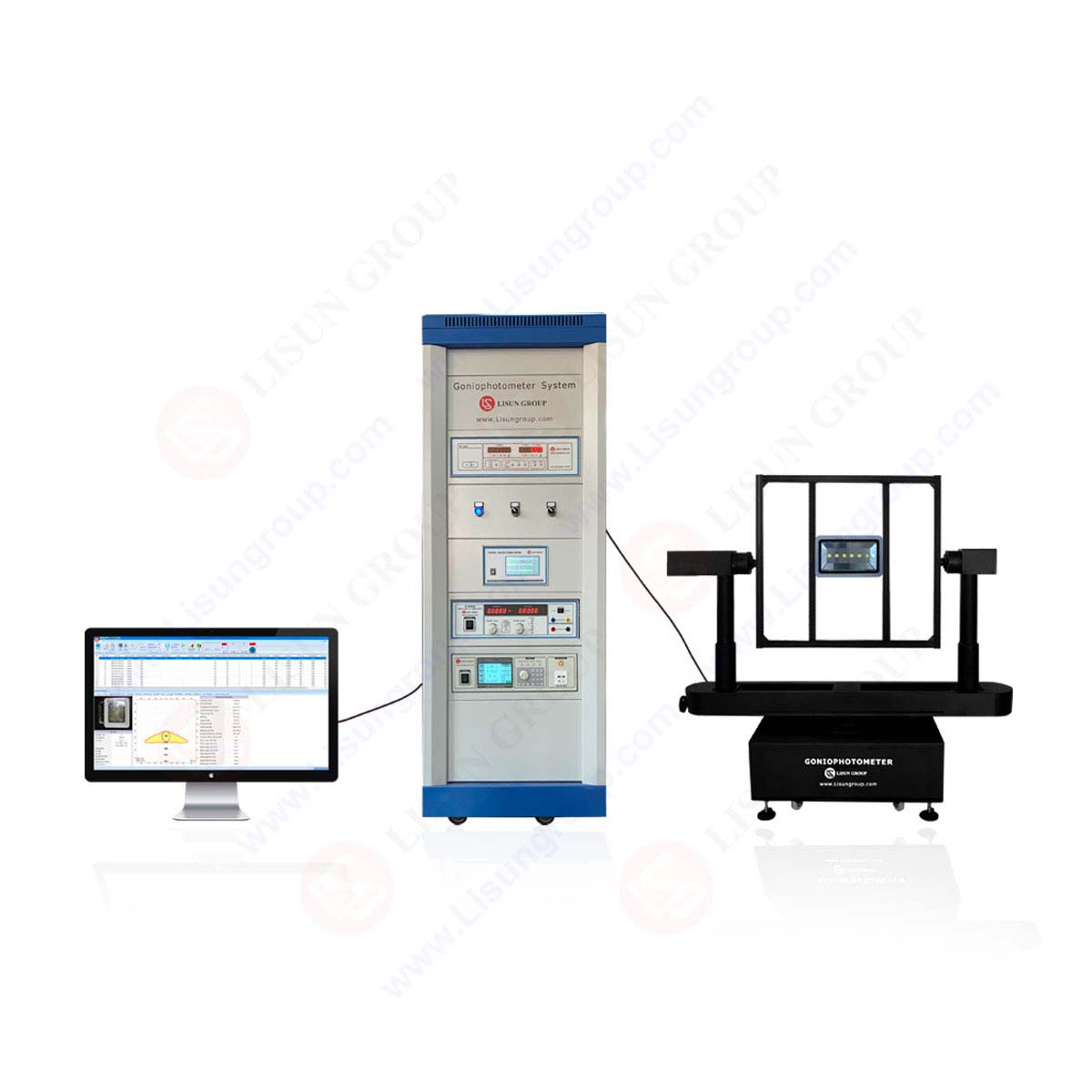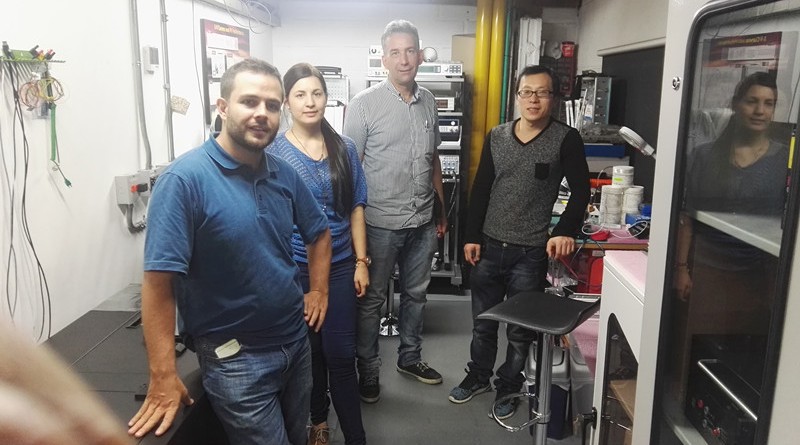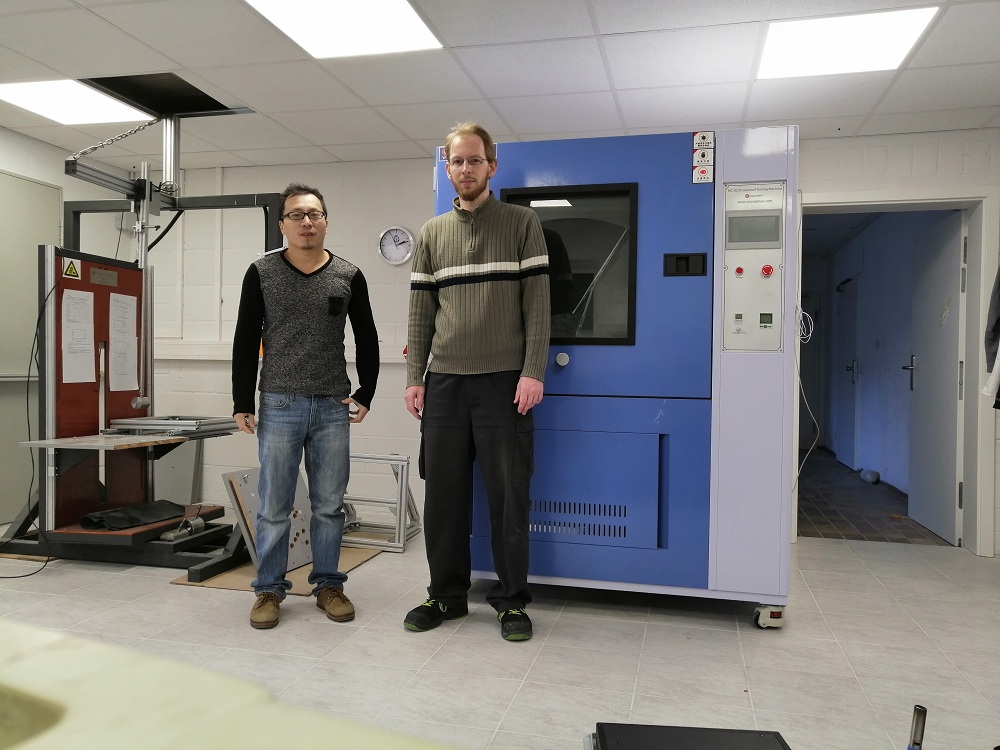Spectrophotometric law conducts the qualitative and quantitative analysis of the material by measuring the absorbance when the measured material in specific wavelengths or a certain wavelengths. The frequently-used wavelength range: (1) Ultraviolet area of 200~400nm (2) Visible region of 400~760nm, (3) Infrared area of 2.5~25 um (odometer is4000cm(-1)~400cm(-1)). The instruments are ultraviolet spectrophotometer, uv vis spectrophotometer (or colorimeter), infrared spectrophotometer or atomic absorption spectrophotometer. In order to ensure the measurement accuracy and precision, all instruments should get regular correction verification in accordance with the national metro logical verification regulations.
Relational expression
When monochromatic light radiation goes through the solution of the measured object, the absorption quantity of this object is proportional to the concentration and the thickness (length of light path) of the liquid layer. The relationship between them is as the following:
A=-log(I/I。)=-lgT=kLc
A: absorbency;
I。: the incident monochromatic light intensity;
I: the transmitted monochromatic light intensity;
T: the transmissivity of the object ;
K: the molar absorptivity;
L: the optical path of the analyzed material, namely the length of a side of the curette.
C: the concentration of the material.
The selective absorption wavelength of light material, and the corresponding absorption coefficient is the physical constants of the substance.
When the absorption coefficient of a known pure substance in certain conditions can make the product solution under the same conditions and measure its absorbance, namely calculate the content of the material in the testing sample. In the visible area, with the exception of certain substances to absorb the light, a lot of material itself does not absorb but can be added in the color reagent in certain conditions or makes the color development after the treatment and then gets the measurement. So it is also called the colorimetric analysis. Because of many factors that may affect the color depth when the color is developing, and frequently using the instrument with less monochromatic radiations purity, the standard substance or reference substance need to be operated at the same time when measuring.
Structure
Spectrophotometer has become modern molecular biology laboratory equipment. It is often used for quantifying the nucleic acid, protein and the concentration of the bacterial growth. Instruments are mainly composed of the light source, monochromator, sample room, detectors, signal processor and display and storage system.
Spectral Region
The wavelength range includes the visible light spectrum of 400~760 nm and the ultraviolet area of 200~400nm.Different light source has its own special emission spectrum; different illuminant therefore can be the light source.
The emission spectrum of tungsten lamp: The spectrum of 400~760nm emitted from tungsten lighting source can be transformed into the continuous chromatography composed of the red, orange, yellow, green and purple after the reflection of the triple prism. This chromatograph can be used as the emission spectrum of hydrogen lamp light source (or deuterium lamp) of the visible spectrophotometer. It also can be used as the absorption spectrum of the light source materials of the ultraviolet photometer.
Principle
Spectroradiometer use a light source that can produce more wavelengths through a series of spectral device so as to produce a light source of specific wavelength. Through the test sample, part of the light source is absorbed, to calculate the absorbance of the sample absorbance which then transformed into the concentrations of samples. The absorbance of the sample is proportional to the concentrations of samples.
Tags:Spectrophotometer
 中文简体
中文简体





